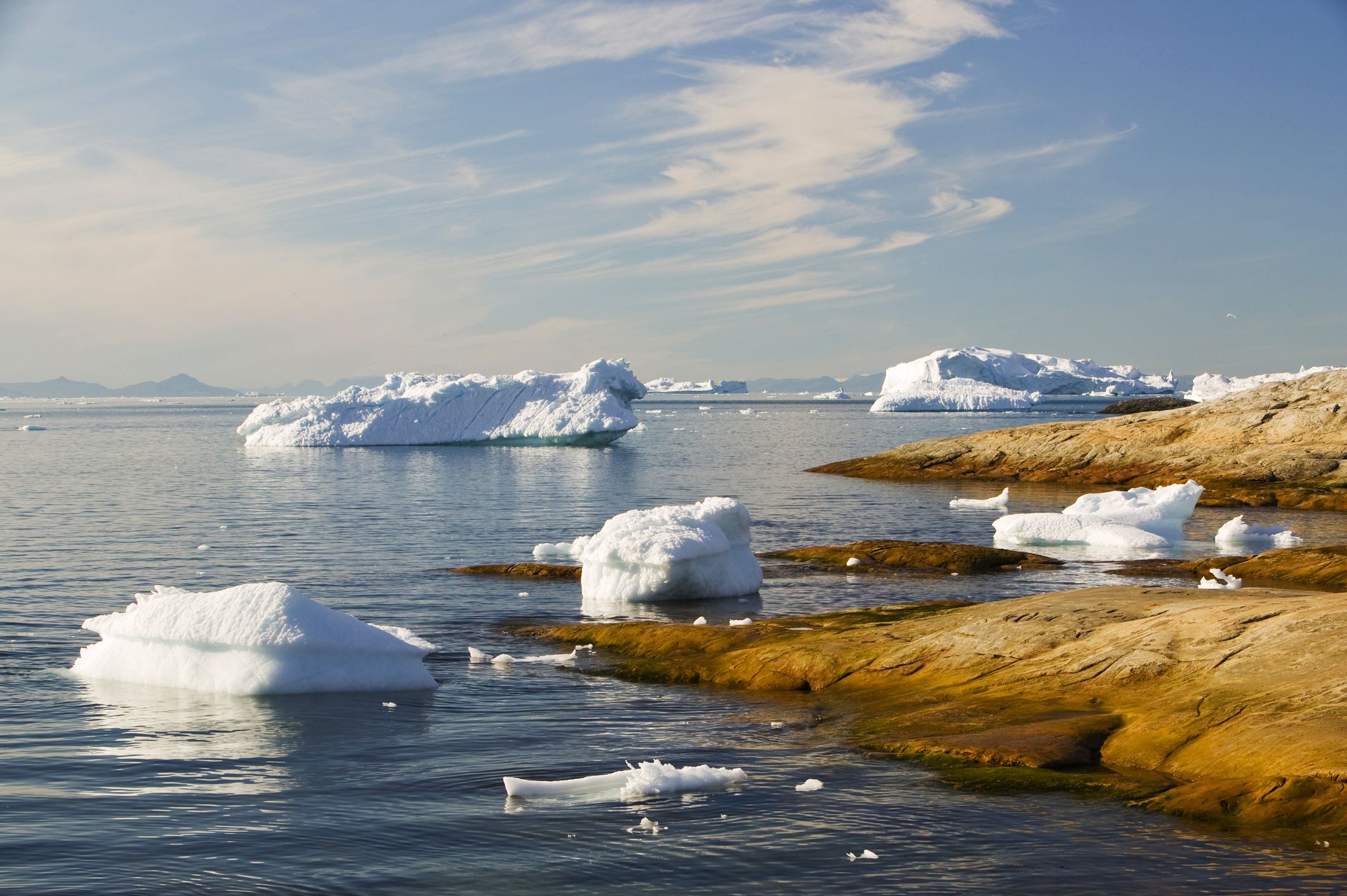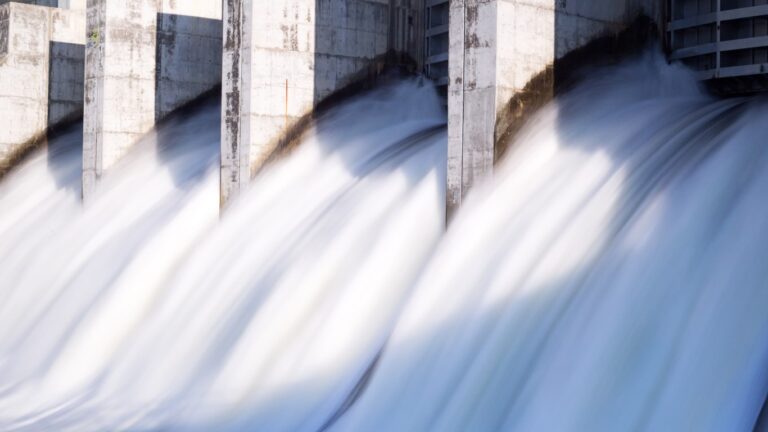Climate Catastrophe (But with a special bonus): The Arctic Is Fast Running Out Of Ice

A new research paper, “The first ice-free day in the Arctic Ocean could occur before 2030,” reports that the ice in the region is melting more rapidly than expected, with rapidly intense winter and spring warming to blame.
READ MORE ABOUT ICE MELTS
Climate Change, Melting Permafrost Heating Up Geopolitical Tensions in the Arctic
Call in the shrinks? Near the South Pole, the retreating sea ice is ‘behaving strangely.’
The drop would have several effects, the study says. “It would notably enhance the warming of the upper ocean, accelerating sea ice loss year round and therefore further accelerating climate change, and could also induce more extreme events at mid-latitudes.” Mid-latitudes cover most of the U.S., Europe, Russia, China and northern Africa.
The ice-free period could last a median of 25 days. That is against a potential spread of one day to 75 days.
While the ice melting is generally bad news, it does create an economic benefit: There was a 37% increase in ships that crossed the Arctic Ocean over the decade that ended in 2023, with ships making over 1,700 transits last year. However, as this area becomes a shipping lane, tensions about which nations own or control it have risen, a problem that is likely to heat up.
Sponsor
Find a Vetted Financial Advisor
- Finding a fiduciary financial advisor doesn't have to be hard. SmartAsset's free tool matches you with up to 3 financial advisors that serve your area in 5 minutes.
- Each advisor has been vetted by SmartAsset and is held to a fiduciary standard to act in your best interests. Get on the path toward achieving your financial goals!






